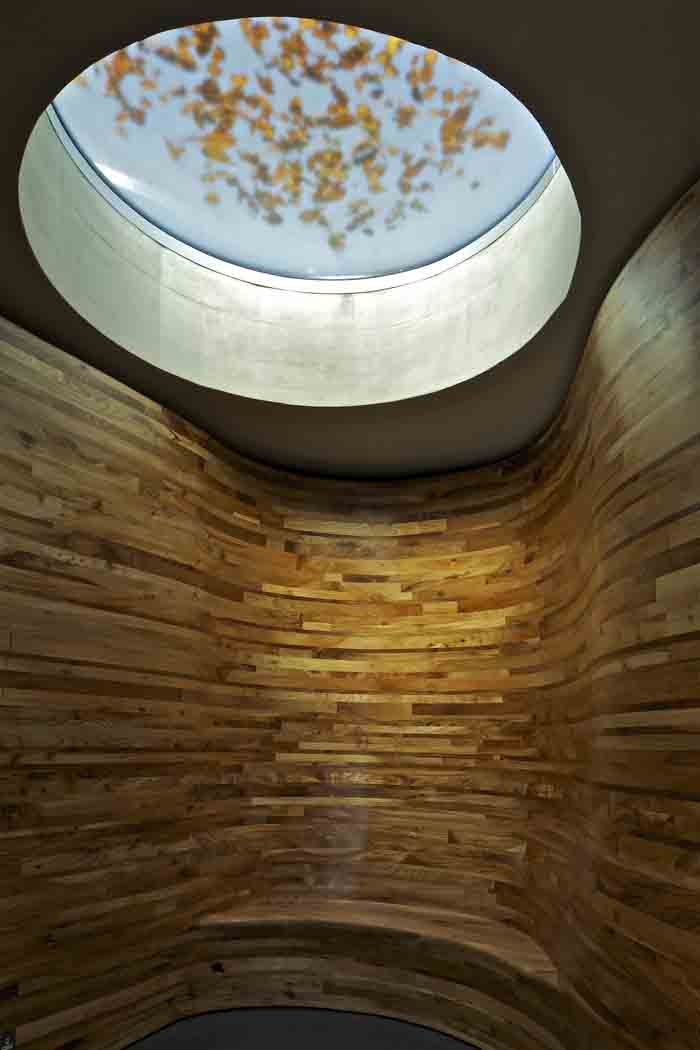SALUTOGENESIS

The term salutogenesis defines a discipline which focuses its study on the origin of health, and on the so-called health assets, as a complement to the pathogenic approach which takes into account the origins of illness and its risk factors. The concept was used for the first time in the 1970s, by the Physician and Sociologist, Aaron Antonovsky, in his book Health, Stress and Coping.
The salutogenic model postulates that good emotional, mental and bodily health is maintained, thanks to the dynamic ability of human beings to adapt to changes in their life circumstances. The salutogenic theory defines a concept called “sense of coherence“, which is the sum of the general resources of resistance to the illness, minus the general deficit of resistance to it. Resistance resources are interrelated in three basic domains: those which improve the ability to obtain them, those which benefit the understanding of the environment, and, those which allow finding meaning in one’s life.
In contrast, resistance deficits are defined as entropic, which means, without the impulse of a positive sense, they exert a continuous disintegrative force, allowing a certain illness to overcome a person. Salutogenic theory provides a base with capacity to be applied to the design of buildings, considered from the point of view of the maintenance of health, and not from the healthcare point of view. Its objective is to design and build an architecture that helps free resources, so that they are reserved, or enabled, for resistance to illness, reducing the lack of adaptation of the person to the physical environment. For this, it is necessary to define what these resources are, what they consist of, and how their development can be promoted in the design of the built environment.
The ability to obtain resources, or manageability, is defined as the ability the person has to manage day to day physical realities. This ability must provide the basic requirements to maintain homeostasis: regulation of body temperature, blood glucose, hydration, and other bodily issues. An appropriate salutogenic design aims to improve the resources the person has to recover, returning to them control over their day to day lives. This involves providing and building safe, accessible and comfortable environments, giving inhabitants the ability to control them and the possibility of making decisions for themselves, avoiding, as far as possible, centralised services, or those controlled by third parties.
A second domain would be the understanding of the environment or comprehensibility, which is defined as the ability of a person to make sense of the narrative of their physical environment, their context, and their circumstances. The principles to promote this resource through architectural design, include the careful production of routes, the improvement of orientation, the use of identifiable patterns, and the incorporation of distinctive landmarks. The concept of understanding the environment, according to salutogenic architecture, attempts to design environments which enhance a person’s resilience.
Finally, the search for meaning or meaningfulness is defined as the desire to drive one to pursue the goals one wishes to achieve. Its importance lies in the ability it has to strengthen the will of the person to resist illness. This makes it not only the most important salutogenic resource, but also the most complex since, in addition to being subjective, it is difficult to define and to determine which factors contribute meaning to people’s lives. In this area, the practice of salutogenic design focuses its efforts on reconnecting the person, user or inhabitant, with the real world outside. This meaning can be reached through concepts that are important for the individual, such as family, friends and society. These relationships must be taken into account to deal with the physical and social distancing, caused by illness, from everything that gives meaning to life. From the field of salutogenesis, the insertion of life into buildings is proposed through the relationship with art as a source of meaning, through poetry, music, painting, drawing, sculpture or dance, among others.


